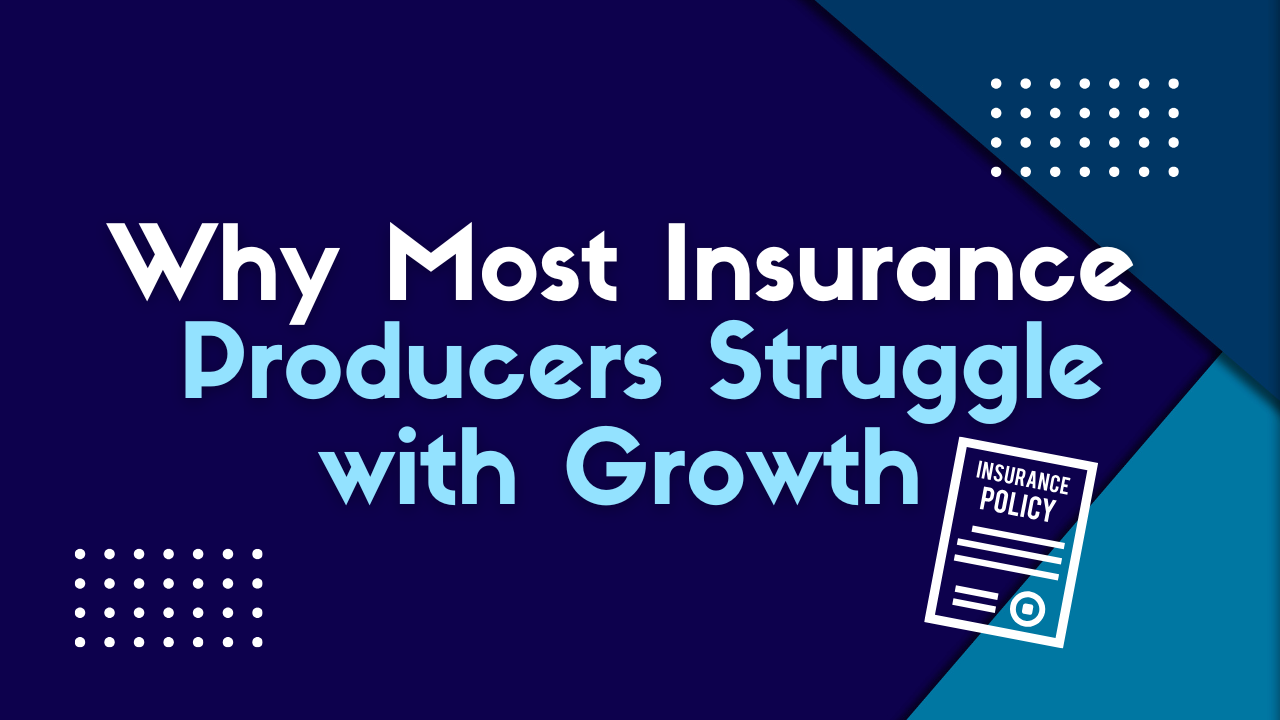Parametric insurance is rapidly gaining attention as a contemporary alternative to traditional insurance policies, offering a unique approach to risk management and claims processing. This article explores what parametric insurance is, how it contrasts with traditional models, and the benefits it provides to policyholders.
What is Traditional Insurance?
In traditional insurance, policyholders pay premiums to an insurance company, which agrees to cover specific risks as outlined in the policy. When a loss occurs, the policyholder files a claim, and an adjuster investigates the claim, confirming its validity and determining the payment amount. This process can be time-consuming and may involve multiple verifications with various vendors and service providers.
Key Shortcomings of Traditional Insurance :
- Uncertain Payouts: Policyholders may not know the payout amount until after the adjuster’s review, causing financial stress and uncertainty.
- Lengthy Processing Times: The claims process in traditional insurance can be slow, delaying relief when customers need it most.
- Variable Coverage: Some losses may not be fully covered, leading to additional financial strain.
Introduction to Parametric Insurance.
Parametric insurance addresses many of the shortcomings of traditional insurance by offering a quicker claims process based on predetermined events and measurable data. Here’s how it works:
How Parametric Insurance Works
When an insurance company offers a parametric policy, it specifies the conditions that trigger a payout. These include:
- Predetermined Event: The policy outlines a specific event that will trigger a payout. For example, if your homeowner’s policy states that winds reaching 100 kilometers per hour will trigger a payout of $10,000, the event is clear and measurable.
- Payout Structure: The payout amount is predefined, allowing policyholders to know exactly what they can expect in case of a qualifying event, such as $100,000 if an earthquake of magnitude 5.0 or greater occurs or $5,000 for a flight delay of more than five hours.
The Role of Accurate Data in Parametric Insurance
One of the key elements of parametric insurance is the use of accurate data to determine whether the predefined event has occurred. Insurance companies often collaborate with third-party vendors to collect and verify data, such as wind speed or seismic activity.
The Impact of Technology
Advancements in technology, such as the Internet of Things (IoT), artificial intelligence (AI), and big data, have transformed data collection and analysis for parametric insurance. These innovations enable insurers to verify events nearly instantaneously, resulting in swift payouts—sometimes within minutes, hours, or even seconds of an event. This quick response provides immediate relief to policyholders, especially during critical situations.
Parametric Insurance vs. Traditional Insurance: Clearing Common Misconceptions
It is important to clarify that parametric insurance doesn’t replace traditional insurance; rather, it complements it by offering several advantages:
- Immediate Relief: Unlike the lengthy claims process in traditional insurance, parametric insurance delivers fast payouts based on objective, predefined criteria.
- Partial Loss Coverage: Parametric insurance usually covers partial losses, making it a useful addition to traditional coverage, rather than a standalone solution.
- Not Total Loss Replacement: Since parametric insurance only covers predefined events, it doesn’t replace comprehensive traditional insurance. Policyholders should consider maintaining traditional coverage alongside parametric insurance for enhanced protection.
Benefits of Parametric Insurance
- Faster Claims Resolution: By bypassing the complex claims process, parametric insurance allows for quicker access to funds.
- Transparency: Predefined payout amounts and clear parameters eliminate ambiguity often associated with traditional insurance claims.
- Risk Mitigation: Both individuals and businesses can recover quickly from disruptions caused by natural disasters or unforeseen events.
Conclusion
In conclusion, parametric insurance presents a modern solution that addresses many of the challenges faced by traditional insurance policies. By leveraging technology and accurate data analysis, it enables policyholders to quickly mitigate risks and receive swift payouts. As more businesses and individuals explore the advantages of parametric insurance, it’s important to understand its role as a complementary addition to existing insurance policies.
If you’re considering parametric insurance to enhance your coverage, be sure to research the options that best suit your needs. Understanding your coverage choices ensures that you make informed decisions about your financial protection.
At Virtual Nexgen Solutions, we specialize in providing comprehensive insurance back office services to insurance agencies. Our services help streamline your operations, allowing you to focus on delivering exceptional customer service. Whether you’re looking for virtual assistants for insurance or need insurance support services to manage administrative tasks efficiently, feel free to reach out to us today!

















































































